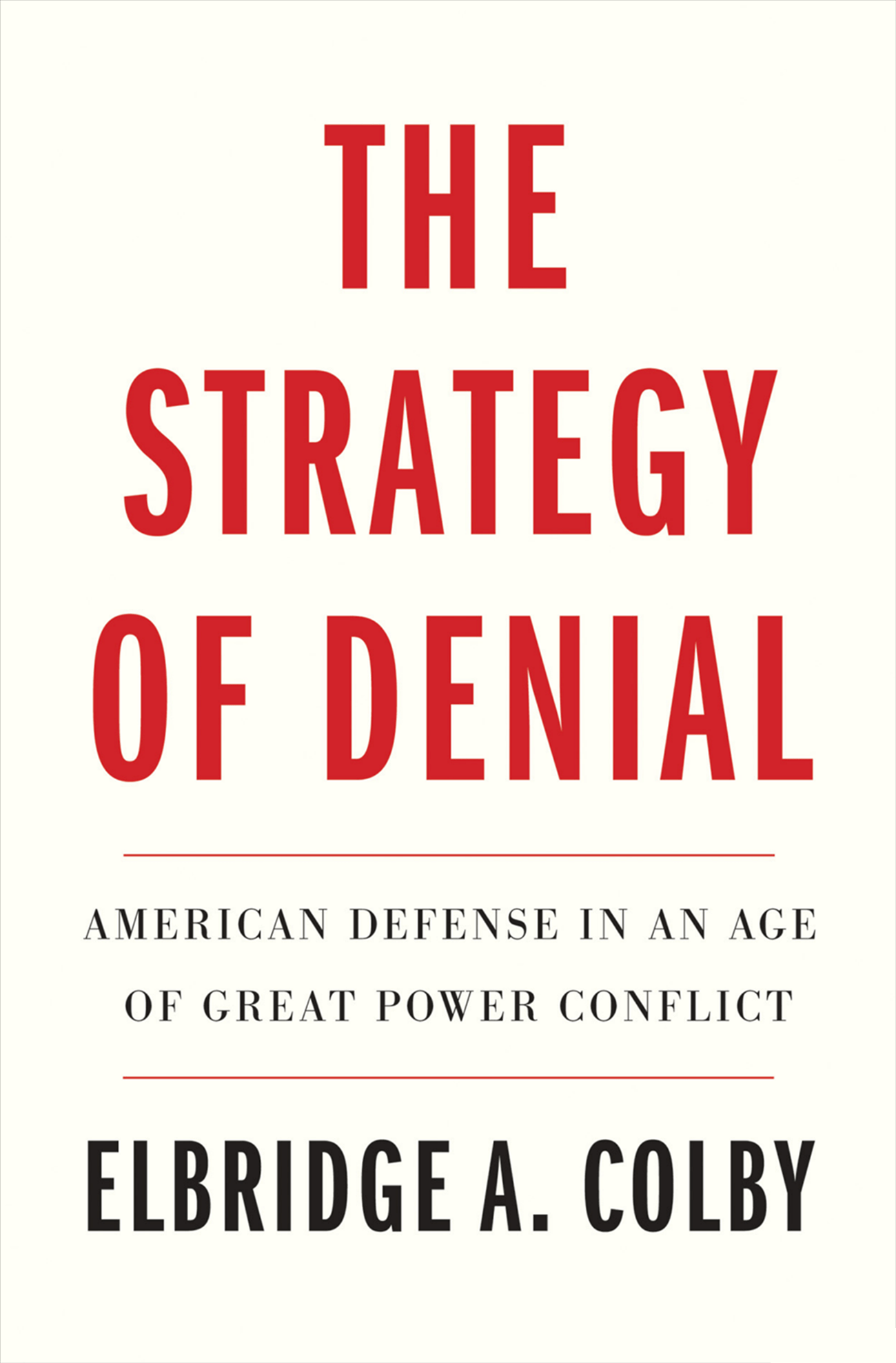In Context
Analysts now commonly say that we are in Cold War II, with some even saying that the first Cold War never truly ended. While Russia’s significance as a global power declined after the collapse of the USSR in 1991, its Communist ally, China, was not only reaffirming its commitment to authoritarianism – the anti-democratic Tiananmen Square massacre (1989) – but was also in the early stages of its rise to ultimately becoming the world’s most formidable economic and military power, possibly poised to supplant the United States in that position in the coming years.
Now in the 2020s we find ourselves in a situation in which the Asian region is economically more important for the foreseeable future than Europe, and China is economically a serious rival to the US. Furthermore, with economic power generally comes military power, and China has invested significantly in its military capability. Unless we are content for China to succeed the United States as the most powerful nation in the world, proactive strategy is key in order to indefinitely contain its influence in Asia.
Big Ideas
- We are currently in a time of deep transition in which the balance of power is shifting from the US to China and the most significant geopolitical and economic region has shifted from Europe to Asia.
- China wants to economically dominate the Asian region, but it has also demonstrated its preparedness to use force – Hong Kong – and to assert its rights to other state’s territory – Taiwan
- The clearest strategy to prevent China’s hegemony over Asia, and therefore over much of the world’s economy and technological output, is via a strategic anti-hegemonic coalition between the US and other significant states in Asia, Southeast Asia in particular, which denies China the ability to become economically and militarily dominant
- The US must be a cornerstone balancer, keeping the anti-hegemonic coalition together, and thus ensuring the success of the strategy of denial
Some Foundational Principles
Colby begins by pointing out that all states seek to secure three things above all else:
- Maintenance of territorial integrity (i.e. that the country’s borders are not violated) and security from foreign attack
- Maintenance of government. In the case of America, a “vigorous democratic-republican political order”
- Economic flourishing (1)
The rise of China will place all three in high jeopardy for some states – Taiwan and the Philippines – and to varying degrees for other states. Given that all states’ military capacity hinges on the health of their economies, and that China has the ability to damage national economies, all states to some extent have to see the rise of China not merely as an economic threat but also a security threat. (148)
Why is Asia the world’s most important region? Colby explains. Asia comprises 40% of the world’s GDP, compared with Europe’s c.25% and the US’s less than 20%. Taken together, the Asian economies are larger than the US’s. Also, Asia’s economy is on a growth trajectory. (5) This means that if it turned out that one state managed to gain hegemony over Asia then that state would have an unparalleled grip on the global economy. The most likely and willing candidate to have such a grip is China, whose current GDP is nearly 1/5 of the world’s total.
Colby’s historical data is sobering and worth quoting in full:
“…the strongest states within a region almost always seek predominance at some point. The history of modern Europe is a catalogue of attempts by very powerful states to gain regional hegemony: the sixteenth-century Hapsburg Monarchy, France under Louis XIV and then Napoleon, Second and Third Reich Germany, and the Soviet Union. China held regional sway in East Asia for much of recorded history, and Japan sought it after it leapt ahead of China in the nineteenth and early twentieth centuries. The United States established effective regional hegemony in Central America and the Caribbean in the nineteenth century. We should not expect the contemporary environment to be different.” (8)
Written prior to Russia’s invasion of Ukraine, one wonders whether Colby might now add Russia to the list.
The Strategy of Denial
Colby is clear: the US should want to avoid direct war with China at almost all costs. This is not because the US couldn’t win a hot war against China – it could. But the cost of going to war against China would be devastating. China is a nuclear power, and furthermore, the ruling Chinese Communist Party has never demonstrated any hesitation in destroying its own citizens in the interests of what the party deems to be necessary. How much more would it be prepared to destroy, even at an existential level, citizens of another country, even at the cost of hundreds of thousands of its own citizens? As Colby says, “in a world of nuclear weapons, China can with high confidence and enormous effort impose the most grievous costs on America – even threaten its very survival.” (39) So although America could beat China, the cost would be so prohibitive that an alternative path to containing China’s power should be pursued if there is one. And there is.
The crux of Colby’s argument is that America, indeed, the world’s goal should be to contain China’s influence in Asia by denying its ability to expand its direct power geographically. In other words, what is America and the free world’s response? To do what it takes to ensure that China doesn’t turn Asia into a Chinese empire via economic domination and military force. This is the strategy of denial. It is largely negative. It seeks not to destroy or even necessarily to shrink China, but simply to ensure that its power doesn’t expand to make it the regional hegemon. The task is to contain China.
The Anti-Hegemonic Coalition
China is a superpower and has shown no hesitation in pushing and violating international laws to get its way in Hong Kong and the South China Seas. There is no reason to think it wouldn’t severely punish any smaller state who happened to get in its way. No single state on its own could effectively resist a China fully resolved to get its way in the region, not even the economic powerhouse of Japan. For this reason, Asian states need to “bandwagon” together to form a coalition. This “anti-hegemonic coalition”, as Colby calls it, would ideally be made up of Australia, Japan, India, South Korea, Taiwan, the Philippines, Vietnam, Indonesia, and Malaysia.
But what would stop any one or more of the coalition members from switching sides and joining China for security or economic reasons? At this point Colby introduces the idea of America as the “cornerstone balancer”. The role of the cornerstone balancer is to keep the coalition together by assuring each individual member that it will intervene to protect its security if China singles it out for aggression. The cornerstone balancer mitigates the potential reasons for why a member of the coalition would leave or defect. In addition, the cornerstone balancer provides massive military hardware to vulnerable members of the coalition that overall seriously increases the security and economic risk to China should it contemplate offensive military activity in the region.
Strategy
Fundamentally, America’s aims in Asia are defensive, “The United States has no inherent interest in harming China or in imposing its own hegemony over the region.” (97) In fact, it is too late for America to be able to dominate China. (148)
Ideally, America will not have to engage in any kind of war with China, but if it does the ideal is for it to be a “limited war”, that is, a war within certain agreed upon limits regarding means and ends: no nuclear weaponry, no permanent seizures of territory, no civilian targets, and no toppling of governments. These are just some examples of limits placed on participants. (82-90) Neither America or China wants all-out warfare, because both countries are so powerful – and nuclear – that the devastation could be existential, making all-out warfare almost by definition not worth it for either party.
China’s best strategy for expansion is to take Taiwan. Taiwan is close to China’s centres of military power “and tends to act as a cork in China’s ability to project military power beyond it.” (116) Knowing China’s best strategy is crucial for nipping any expansionist attempts in the bud. Therefore, the US cannot afford to be ambiguous about its support for Taiwan. Taiwan is crucial for several reasons. It is a successful Asian economy and trading partner, which provides the bulk of the chips needed for our cars and appliances to operate. Losing Taiwan would be a serious economic and technological blow.
Taiwan is also a good test for China to see the resolve of the US to contain China’s expansion. If the US refuses to allow an invasion of Taiwan, then that sends a very strong message to China that expansionist plans will not be tolerated. But a failure to defend and protect Taiwan also sends a message to other states in the anti-hegemonic coalition: you are vulnerable because the US may not protect you if China attacks you. In this way a strong policy of defending Taiwan is a sine qua non of any Asian coalition with the US acting as its cornerstone balance.
The Way Forward
For Colby, it is the states with the most “wealth and social cohesion” that have the highest chance of repelling external threats. (4) This speaks directly to the West in terms of its increasing social polarization, seen most spectacularly in the Brexit movement, the BLM riots in the US and the UK, and the increasing acrimony of elections in America and the UK. Countries that are deeply and widely divided are slower with national responses to external challenges because the democratic leaders of those divided nations will find a clear mandate from the people elusive.
In other words, there are security threats from without and security threats from within. America in particular needs to learn over time how to overcome its polarization. Perhaps the lesson of Ukraine is that when faced with a direct attack people will pull together by patriotic instinct. The difference with the US is that there is a clear distinction between having the popular will to defend other states in Asia, even if such defence is crucial to long-term US safety, and defending the motherland from direct attack.
Furthermore, it is vital for member states of any anti-hegemonic coalition that they are not an easy target for China or a burden on the others. This means that individual states have to be proactive about investing in their own defence systems, rather than completely relying on the US. (193) There is certainly a lesson here for Australia not to take its historic ANZUS alliance for granted, particularly in these times when isolationist rhetoric is coming from America. One piece of good news for Australia is “an invasion force is highly vulnerable when crossing water.” (157) Colby sees Australia as one of the major players, with Japan, in an anti-hegemonic coalition. (240)
Commentary
Colby goes into exquisite detail into exactly what China might do to project its power in the region, and therefore what America should anticipate and prepare for, as well as how it should respond. Issues covered include the relative utility of carrots and sticks diplomacy, the trustworthiness of intelligence, which states to include and exclude from the anti-hegemonic coalition, and when and when not to use brute force. The book offers what must be the clearest and most detailed proposal to date of exactly how America should pursue the task of ensuring that China doesn’t become so powerful that it cannot be managed in the future.
It is impossible to read Colby’s book and not apply its lessons to the current war in Ukraine. Has the US responded adequately to instill confidence in potential members of an anti-hegemonic coalition in Asia that their membership will be underwritten by American support if they should come under attack from China? Colby observes that “the United States and Russia…share an interest in preventing China’s regional hegemony in Asia, and this shared interest points towards increasing collaboration over time.” (35) In recent months this observation has fared badly, with China being Russia’s key supporter in its war with Ukraine, and the US being an open supporter of military warfare against Russia. This merely serves to demonstrate, not a serious weakness in Colby’s overall analysis, but the highly mutable nature of international affairs. It is the ever-changing nature of international affairs that makes Colby’s exhaustive study of security in Asia from Chinese domination an important book not just for the general reading public, but also for those entrusted to formulate the security policy of their nations.




